Description
Phlomis tuberosa ‘Amazone’
Sage-leaf Mullein. Entirely deciduous but producing a stout clump which is less spreading than some of its cousins. Above the lush green foliage mound rise stiff dark stems to 1.2m tall, punctuated at distinct intervals by whorls of small pink flowers. A very architectural plant whose interest persists long after the flowers have faded. Non seeding. Introduced by Ernst Pagels. Grow in full sun where it is fairly drought resistant.
Lamiaceae
The Lamiaceae is the Mint family, a family that finds great use in the herbaceous border and in the herb garden. They used to go under the name of the Labiatae, a reference to the lip that so many of the flowers possess. Unfortunately, like so many of the old family names that were descriptive rather than a genus derivative, it fell foul of botanical uniformity and became the more correct Lamiaceae.
The Lamiaceae are of cosmopolitan distribution. with many natives here in the UK, but by far their greatest concentration is around the Mediterranean. They are characterised by young stems that are markedly square in cross section with oppositely paired leaves. They are frequently aromatic, secreting volatile oils from epidermal glands, a characteristic that gives several members great economic importance. They have interest both as flavourings for the kitchen and scents for perfumers. Significant members of the family for the herb garden are the Sages, Mints, Rosemarys, Thymes, Oreganos and Savouries, and for their perfume Patchouli and Lavender. As an aside, Thyme contains the highest concentration of Iron, gram for gram, of any vegetable.
The flowers can held terminally or frequently in structures called verticillasters. This is where the inflorescence is condensed into the axils of a pair of leaves. Hence flowers are often to be found sprouting in clusters along the upper part of the stem. This can be ssem in the extreme in Monarda where the inflorescence takes on some of the characterisctics of a daisy except with fully formed sage like flowers rather than plain ray petals.
Each individual flower is usually zygomorphic – ie with only one plane of symmetry. The consist of 5 petals, fused into a tube with the lower two forming a lip (slit in two) which can be small or quite large. The upper petal fashions a form of hood in which the anthers sit. When an insect lands on the lower lip, the design is such that the anthers then brush the insects back, leaving pollen for it to take to the next flower. The flowers of some members of this family, such as Mint have much more regular flowers.
Some degree of cleistogamy, whereby fertilisation can occur within flowers before they open can be seen in some members of Lamium, Salvia and Ajuga. For more on this see the entry on Viola.





















































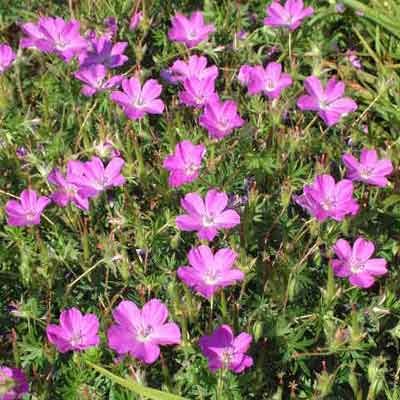
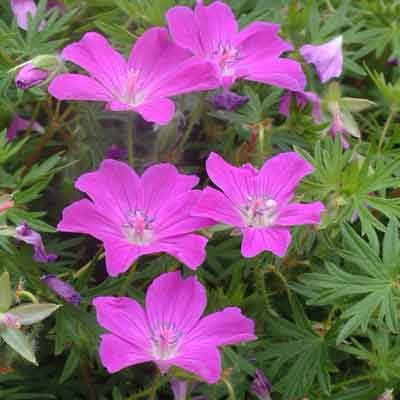
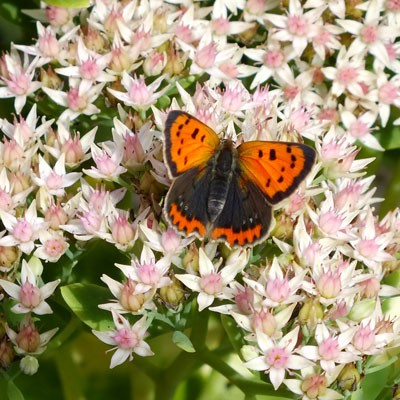
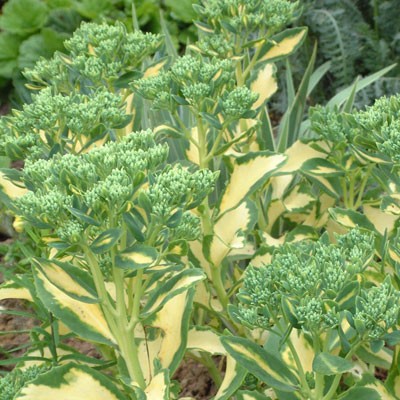
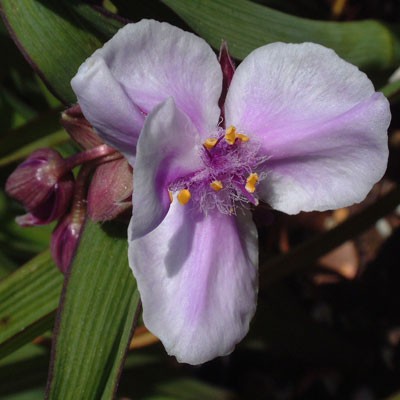

Reviews
There are no reviews yet.